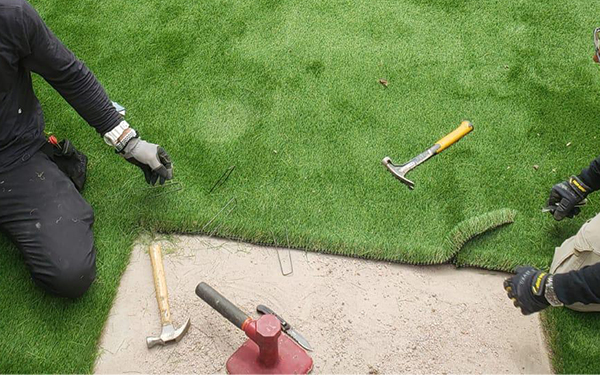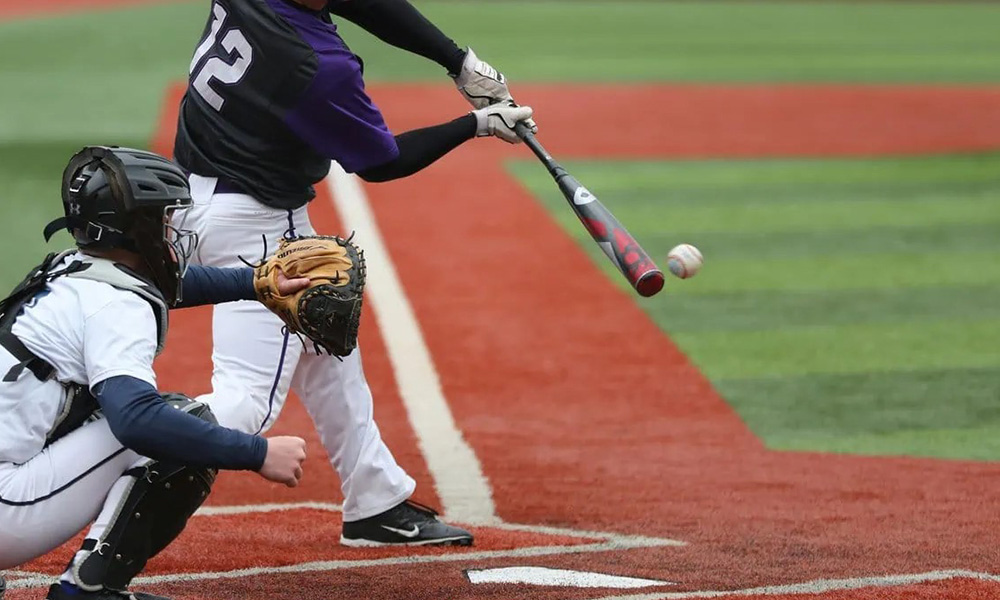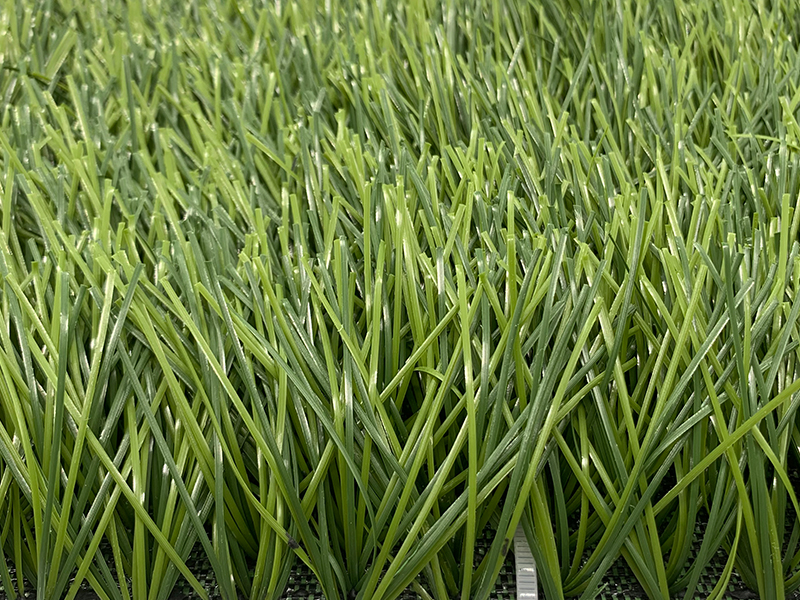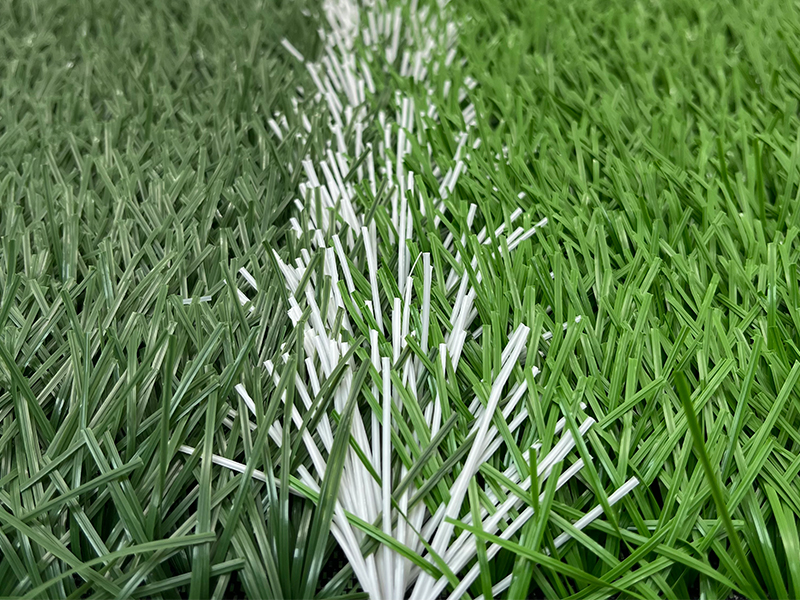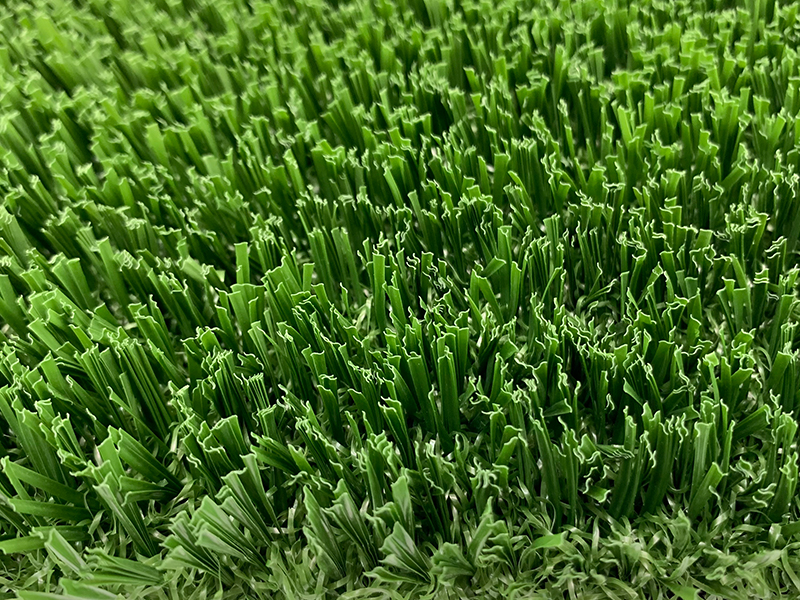Does artificial grass tear easily?
With the widespread use of artificial turf in sports fields, courtyards, balconies, parks and other places, the issue of its durability has also received more and more attention. Among them, many people are concerned about a core issue: Is artificial turf easy to tear? This article will deeply analyze the tear resistance of artificial turf from the perspectives of turf material, structural design, use environment and daily maintenance.
1. High-quality materials are the basis of tear resistance
High-quality artificial turf, such as UNIGRASS brand products, uses polyethylene (PE), polypropylene (PP) or nylon fibers as the main raw materials, all of which have good toughness and tensile strength. In particular, nylon fiber is widely regarded as one of the toughest artificial grass fibers and is suitable for high-intensity use places such as sports fields.
In addition, the weaving density and backing process of grass fiber also affect its overall tear resistance. UNIGRASS uses a high-density weaving process with a strong latex or polyurethane backing to firmly attach the grass fiber to the base layer to avoid fiber shedding or tearing due to external force pulling.
2. Structural design improves overall stability
High-quality artificial turf not only pays attention to the strength of a single fiber, but also improves the overall tear resistance through a reasonable structural layout. For example, the U-shaped, C-shaped or S-shaped grass fiber cross-section design can enhance the three-dimensional support and elasticity of the grass fibers, so that they can quickly restore their shape when stepped on or pulled, reducing the risk of grass fiber breakage.
At the same time, the multi-layer backing structure (such as double-layer PP + mesh cloth composite bottom) can effectively disperse external force impact, prevent local tearing, and improve the overall bearing capacity of the lawn.
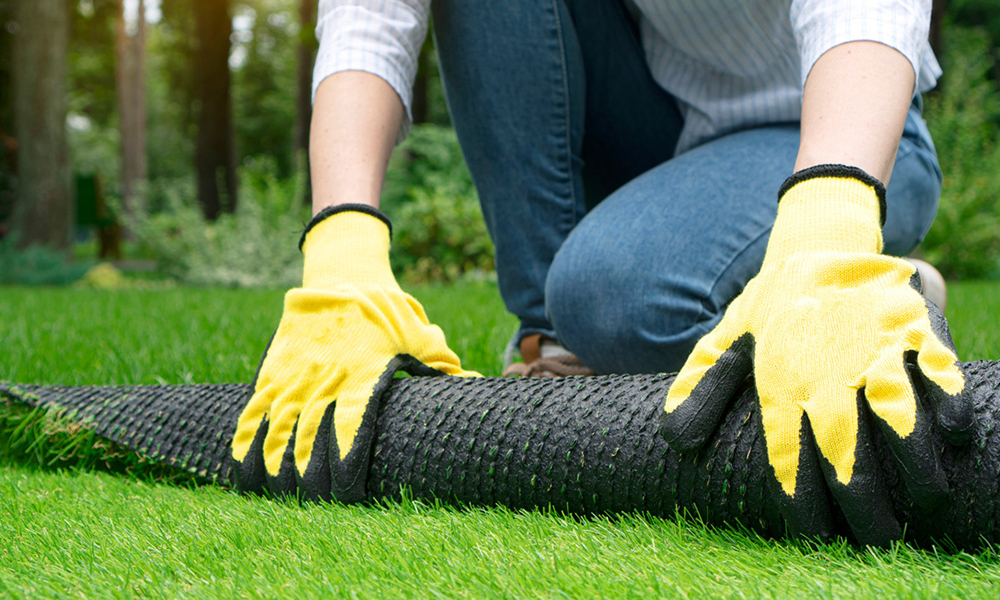
3. Correct use and maintenance are key guarantees
Even the best quality artificial turf is prone to wear and tear if it lacks good usage habits and maintenance. The following are key daily care suggestions to extend the service life of the lawn and maintain tear resistance:
Comb the grass fibers regularly: Use a soft-bristled broom to lightly brush the lawn in one direction to help restore the grass fibers to stand upright and prevent entanglement and agglomeration.
Remove debris and debris: If debris such as leaves and beverage residues accumulate for a long time, it will accelerate the wear of the base layer and should be cleaned regularly.
Avoid violent pulling or sharp object injuries: Try to avoid dragging heavy objects or using metal tools on the lawn.
Use professional cleaning equipment: For large lawns, it is recommended to use a special lawn comber or vacuum cleaner to clean the surface dust.
4. Durability performance in different application scenarios
The tear resistance of artificial turf is also affected by the use scenario:
Sports venues: withstand high-frequency impact and friction, it is recommended to use nylon or high-density PE grass to enhance the pull resistance.
Landscape greening: The use intensity is relatively low, and soft and comfortable PE turf can be selected, focusing on sun protection and beauty.
Family balcony or roof: short use time but many exposed environments, it is necessary to pay attention to regularly check whether the edges and corners are loose to prevent the tearing from spreading from the edge.
Durable artificial turf comes from the combination of quality and management
In summary, high-quality artificial turf is not easy to tear under the premise of proper material selection, structural design and daily use and maintenance. UNIGRASS artificial turf relies on high-performance materials and professional craftsmanship, coupled with scientific use guidance, to create a beautiful and durable green space for customers. As long as it is properly managed, artificial turf can maintain its good condition and tear resistance in various environments, with a service life of up to 8-15 years.
